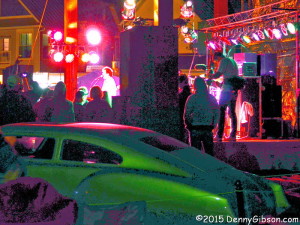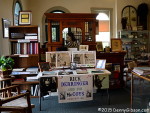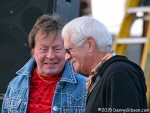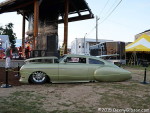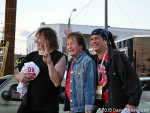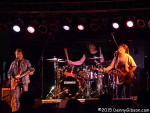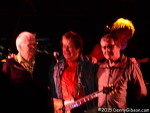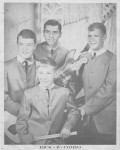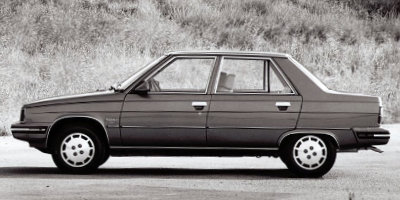 There was a time when I was truly smitten with this car. Others were too. It was Motor Trend‘s “Car of the Year” and it was included in Car and Driver‘s “10 Best”. Many were the automotive writers who praised the first offering from AMC under Renault ownership. That experts praised the little car certainly influenced my opinion but I recall that I sincerely hought it was physically attractive. Yeah, that’s the kind of smitten I’m talking about.
There was a time when I was truly smitten with this car. Others were too. It was Motor Trend‘s “Car of the Year” and it was included in Car and Driver‘s “10 Best”. Many were the automotive writers who praised the first offering from AMC under Renault ownership. That experts praised the little car certainly influenced my opinion but I recall that I sincerely hought it was physically attractive. Yeah, that’s the kind of smitten I’m talking about.
Much of the praise that the gurus heaped on the car had to do with its economical operation and good value pricing. Recent changes in my job, living arrangements, and family size brought on the need for an efficient people hauler so maybe I just fooled myself into liking the looks to make the super practicality palatable. Whatever the full thought process was, I was quite proud of myself when I bought a shiny new dark gray four-door four-speed.
For many the shine wore off quite quickly. Mechanical problems were fairly common and rust often appeared quicker than it should. In 2009 Car and Driver actually apologized for putting the car in their “10 Best” list twenty-six years earlier. I don’t know that Motor Trend or any of the other publications that had climbed on the Alliance band wagon delivered their own apologies but neither do I know of any that actively defended their 1983 behavior.
My own problems were minor. The coil sometimes arced in wet weather until I upped the insulation by applying an ugly wad of electrical tape and a starter connection vibrated loose — twice!.
I guess I really didn’t have the car long enough to get hit with rust or any more serious mechanical issues. In their apology, Car and Driver point out that one of the first acts of Chrysler after taking over AMC in 1987 was “the mercy-killing of the Alliance”. My personal Alliance had been the target of its own mercy killing two years earlier. For the first time ever I was at the wheel of a car when it was totaled and it wasn’t even slightly my fault.
I was the last in a line of cars stopped at a light in heavy rain when I was rear-ended by a teenager driving with his mother on a learners permit. The Alliance was advertised as having reclining seats although what they really did was lean back as a unit like a rocking chair. When the other car hit, my seat completely “reclined” so that I was momentarily nearly flat on my back. Then my car was pushed into the one in front of me and I sprang upright and cracked a rib against the floor shift. I’m not sure of specifics but I understood the the boy and his mother had minor injuries of about the same severity and that there were no injuries at all in the car in front of me. I was obviously quite lucky that my injuries weren’t worse and I maybe I could even be considered lucky for being spared the pain of watching my Car of the Year rust away.
My Previous Wheels: Chapter 23 — 1972 BMW R75
My Next Wheels: Chapter 25 — 1985 Buick Century


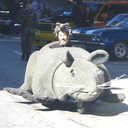
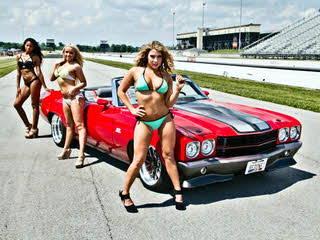 Unfortunately I’ve found no photos of my 1970 Chevelle. Fortunately the internet is absolutely filled with photos of 1970 Chevelles. Unfortunately not many of those look very much like mine. The era of the Chevelle and the era of the muscle car are pretty much one and the same. As I’ll demonstrate shortly, non-muscular Chevelles existed but it’s tire smokers like the big block Super Sport at right (
Unfortunately I’ve found no photos of my 1970 Chevelle. Fortunately the internet is absolutely filled with photos of 1970 Chevelles. Unfortunately not many of those look very much like mine. The era of the Chevelle and the era of the muscle car are pretty much one and the same. As I’ll demonstrate shortly, non-muscular Chevelles existed but it’s tire smokers like the big block Super Sport at right (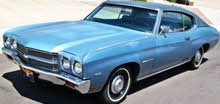
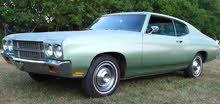 My Chevelle looked more like a composite of the two at left (also snatched from the internet) than the one at top. It was a blue 2-door hardtop but without the vinyl top. I think it had full wheel covers like the green car but I admit I’m less than certain. Like the Chevy II before it, the Chevelle had spent its life outside in an apartment complex parking lot and was seriously dinged and dinghy. It was not a rusty wreck, however, and was mechanically sound. With its 307 V8 and automatic transmission, it was neither as economical or as fun to drive as the Audi but it wasn’t bad. I suspect new shocks would have helped considerably.
My Chevelle looked more like a composite of the two at left (also snatched from the internet) than the one at top. It was a blue 2-door hardtop but without the vinyl top. I think it had full wheel covers like the green car but I admit I’m less than certain. Like the Chevy II before it, the Chevelle had spent its life outside in an apartment complex parking lot and was seriously dinged and dinghy. It was not a rusty wreck, however, and was mechanically sound. With its 307 V8 and automatic transmission, it was neither as economical or as fun to drive as the Audi but it wasn’t bad. I suspect new shocks would have helped considerably.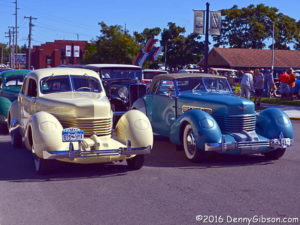

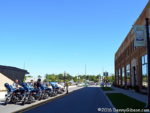
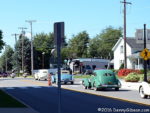
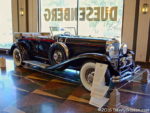
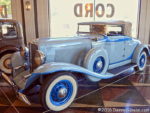


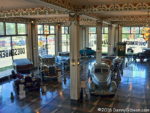
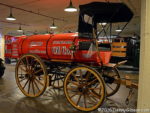
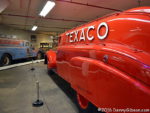
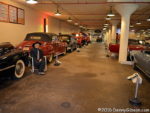
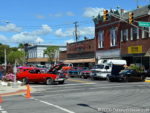
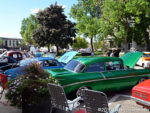
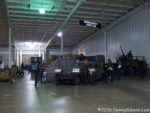
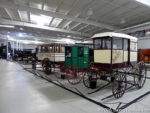
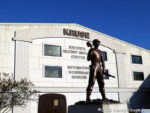
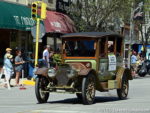
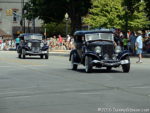
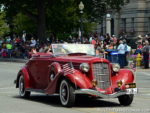
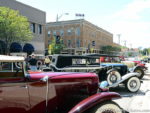
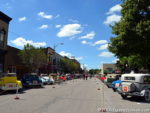
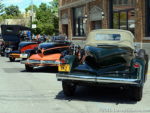
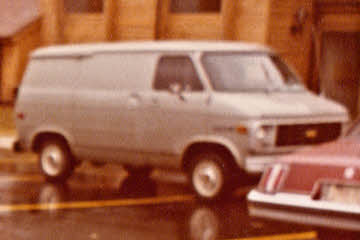 There are surely better pictures of this van around but this was all I could find as I wrote this post. It was my first new vehicle and one of only two that were custom ordered. A friend who worked at a dealer in Cincinnati handled the order. It had a 305 CI V8, 3-speed automatic, air-conditioning, cruise control, and no interior. By no interior I mean it had a basic driver’s seat and nothing else. I stopped on the way home from picking up the van and bought a pair of “captain’s chairs”. I sold the single stock seat back to the dealer for a few dollars.
There are surely better pictures of this van around but this was all I could find as I wrote this post. It was my first new vehicle and one of only two that were custom ordered. A friend who worked at a dealer in Cincinnati handled the order. It had a 305 CI V8, 3-speed automatic, air-conditioning, cruise control, and no interior. By no interior I mean it had a basic driver’s seat and nothing else. I stopped on the way home from picking up the van and bought a pair of “captain’s chairs”. I sold the single stock seat back to the dealer for a few dollars.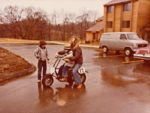
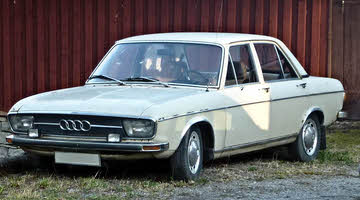 My friends had a red one that really impressed me. They were antique dealers and the car had been part of an exchange involving furniture. “If another deal like that ever comes along”, I told them, “I’ll take it.” It did and I did.
My friends had a red one that really impressed me. They were antique dealers and the car had been part of an exchange involving furniture. “If another deal like that ever comes along”, I told them, “I’ll take it.” It did and I did.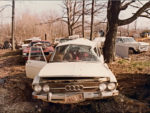
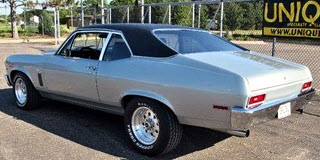 Again I must confess to a purloined photo gracing yet another My Wheels post. My car did not have the highly visible dual exhausts or fancy wheels of the pictured vehicle nor did it have the unseen 350 V8 and 4-speed floor shift. Mine was a 307 V8 with a 3-speed automatic. However, my car was, just like the one at right, a Cortez Silver 2-door with — and this is important — black vinyl top. It is the only vinyl topped car I’ve ever owned and one of very few I can even imagine owning without some level of embarrassment. While I doubt everyone agrees that the vinyl covering looks pretty good on this car it’s apparent that I’m not alone in thinking so. There are many full restorations of third generation Nova coupes that include a restored vinyl top. And that includes some high-end 396 Super Sports.
Again I must confess to a purloined photo gracing yet another My Wheels post. My car did not have the highly visible dual exhausts or fancy wheels of the pictured vehicle nor did it have the unseen 350 V8 and 4-speed floor shift. Mine was a 307 V8 with a 3-speed automatic. However, my car was, just like the one at right, a Cortez Silver 2-door with — and this is important — black vinyl top. It is the only vinyl topped car I’ve ever owned and one of very few I can even imagine owning without some level of embarrassment. While I doubt everyone agrees that the vinyl covering looks pretty good on this car it’s apparent that I’m not alone in thinking so. There are many full restorations of third generation Nova coupes that include a restored vinyl top. And that includes some high-end 396 Super Sports.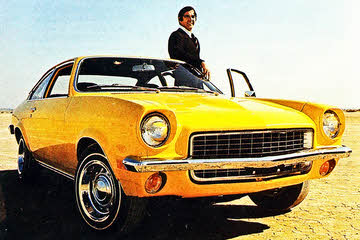 No. That’s not my Vega and that’s not me. It’s John DeLorean in the August 1970 issue of Motor Trend where he was singing the praises of Chevrolet’s new small car. The editors were singing right along with him and even adding some verses of their own. A month later, Car and Driver and Road & Track joined the choir. In February, Motor Trend named the Vega 2300 their 1971 “Car of the Year”. All this for a car that today has a reputation just slightly better than Yugo.
No. That’s not my Vega and that’s not me. It’s John DeLorean in the August 1970 issue of Motor Trend where he was singing the praises of Chevrolet’s new small car. The editors were singing right along with him and even adding some verses of their own. A month later, Car and Driver and Road & Track joined the choir. In February, Motor Trend named the Vega 2300 their 1971 “Car of the Year”. All this for a car that today has a reputation just slightly better than Yugo. I could’t find any pictures of the dark green 1971 Kammback that I bought in the summer of 1974 so I took to the internet. I didn’t have much better luck there. This black & white photo of what is identified as a 1972 model is the best I could do. The shortage of photos surprised me but so too did the abundance of early praise. I can’t explain the absence of decent Kammback photos so maybe my surprise at that is justified. My surprise at the praise isn’t. In fact, what those magazines said about the car — great handling, sporty looks, comfortable ride — is exactly what I thought of it forty years ago. I was surprised only because I had forgotten.
I could’t find any pictures of the dark green 1971 Kammback that I bought in the summer of 1974 so I took to the internet. I didn’t have much better luck there. This black & white photo of what is identified as a 1972 model is the best I could do. The shortage of photos surprised me but so too did the abundance of early praise. I can’t explain the absence of decent Kammback photos so maybe my surprise at that is justified. My surprise at the praise isn’t. In fact, what those magazines said about the car — great handling, sporty looks, comfortable ride — is exactly what I thought of it forty years ago. I was surprised only because I had forgotten.